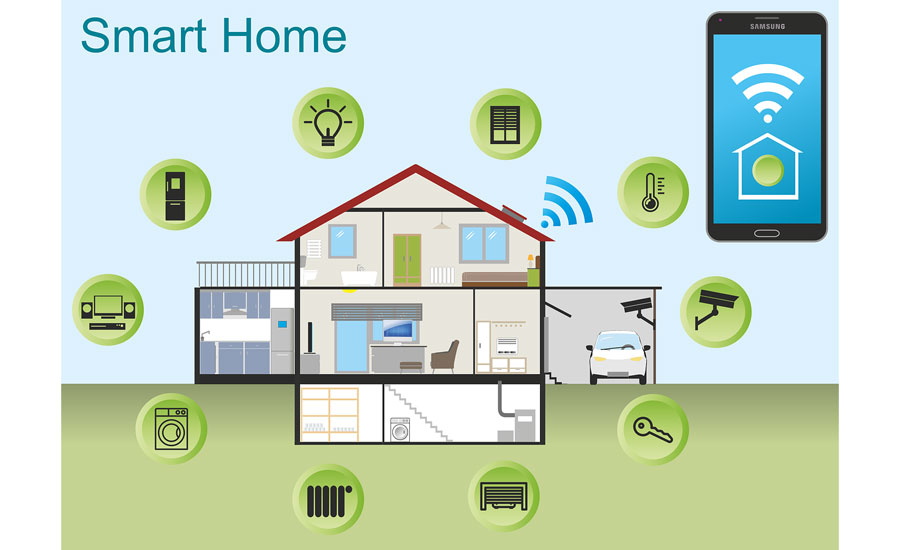The Ultimate Overview To Comprehending Warmth Pumps - Just How Do They Work?
The Ultimate Overview To Comprehending Warmth Pumps - Just How Do They Work?
Blog Article
Published By-Steenberg Raymond
The most effective heat pumps can save you significant quantities of money on power bills. They can likewise help in reducing greenhouse gas exhausts, particularly if you make use of power instead of nonrenewable fuel sources like gas and heating oil or electric-resistance heaters.
Heat pumps work quite the like ac system do. This makes them a practical choice to typical electrical home heater.
Just how They Function
Heat pumps cool down homes in the summertime and, with a little assistance from electricity or natural gas, they provide some of your home's heating in the winter. They're a great choice for individuals who intend to reduce their use of nonrenewable fuel sources but aren't prepared to change their existing heater and cooling system.
They rely upon the physical reality that even in air that appears too cool, there's still power existing: cozy air is always moving, and it wants to move into cooler, lower-pressure settings like your home.
Many power STAR accredited heatpump run at near to their heating or cooling capability throughout a lot of the year, minimizing on/off biking and saving power. For the best performance, concentrate on systems with a high SEER and HSPF score.
view site… of the heat pump is the compressor, which is also referred to as an air compressor. This mechanical moving tool utilizes prospective energy from power production to raise the pressure of a gas by decreasing its volume. It is different from a pump because it only works on gases and can't deal with liquids, as pumps do.
Atmospheric air enters the compressor through an inlet valve. It circumnavigates vane-mounted arms with self-adjusting size that split the inside of the compressor, producing multiple tooth cavities of differing size. use this link to move in and out of phase with each other, compressing the air.
Click Webpage attracts the low-temperature, high-pressure cooling agent vapor from the evaporator and presses it right into the hot, pressurized state of a gas. This procedure is repeated as required to supply heating or cooling as needed. The compressor also consists of a desuperheater coil that recycles the waste warmth and adds superheat to the cooling agent, altering it from its fluid to vapor state.
The Evaporator
The evaporator in heatpump does the exact same point as it performs in fridges and air conditioning system, transforming liquid cooling agent into a gaseous vapor that eliminates heat from the area. Heat pump systems would certainly not function without this critical piece of equipment.
This part of the system lies inside your home or building in an indoor air handler, which can be either a ducted or ductless unit. It includes an evaporator coil and the compressor that presses the low-pressure vapor from the evaporator to high pressure gas.
Heatpump soak up ambient warmth from the air, and then utilize power to transfer that warm to a home or organization in heating setting. That makes them a lot much more energy effective than electrical heaters or heaters, and since they're using tidy electricity from the grid (and not melting fuel), they additionally create far less emissions. That's why heatpump are such great environmental selections. (As well as a massive reason why they're becoming so popular.).
The Thermostat.
Heat pumps are fantastic choices for homes in chilly environments, and you can use them in mix with conventional duct-based systems and even go ductless. They're an excellent alternate to fossil fuel heating unit or standard electric heaters, and they're more lasting than oil, gas or nuclear a/c equipment.
Your thermostat is one of the most essential part of your heatpump system, and it works really in different ways than a standard thermostat. All mechanical thermostats (all non-electronic ones) job by using materials that change dimension with increasing temperature, like coiled bimetallic strips or the increasing wax in an automobile radiator shutoff.
These strips include two different types of metal, and they're bolted with each other to form a bridge that completes an electrical circuit connected to your a/c system. As the strip obtains warmer, one side of the bridge increases faster than the other, which causes it to bend and signal that the heating unit is needed. When the heat pump is in heating setting, the reversing valve reverses the circulation of refrigerant, to make sure that the outdoors coil currently operates as an evaporator and the indoor cyndrical tube becomes a condenser.